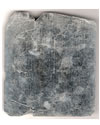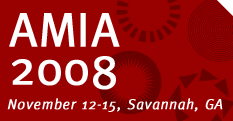Home
Welcome to the Sound Archive Project
The aim of the Sound Archive Project is to investigate methods for the non-contact scanning of archived sound recordings, such that the encoded sound can be preserved and reproduced in a digital format. The proposal is timely and critical, since at present, many sound carriers such as early wax cylinders, are archivally unstable and at risk of deterioration. A non-contact method of sound reproduction ensures that no pressure is exerted on these fragile artefacts, meaning that no further damage is caused to the grooves during playback.
The philosophy behind this technique is aimed at preservation of the full recorded surface, not real-time playback. Sound reproduction from a digital representation of the recorded surface will enable the public to gain access to rare sound artefacts, which are deemed ‘unplayable’ by conventional stylus playback methods. The project will focus on the very earliest recordings such as wax cylinders and coarse groove discs.
The Sound Archive Project focuses on the following three areas of research:
- Non-Contact Surface Measurement
Development of metrology systems for mapping the surface topology of cylinders and flat discs
- Sensor Development
Design of optical sensors with improved angular tolerance and sensing speed
- Audio Signal Recovery
Methods of accurate sound reproduction from discrete surface maps of cylinders and discs
The Sound Archive Project began in March 2005 and is funded by the EPSRC. Research is being undertaken as a collaboration between the University of Southampton, TaiCaan Technologies Ltd, and the British Library Sound Archive. Additional partners who have supported the project include EMI, Poppy Records and the National Screen and Sound Archive of Wales.


